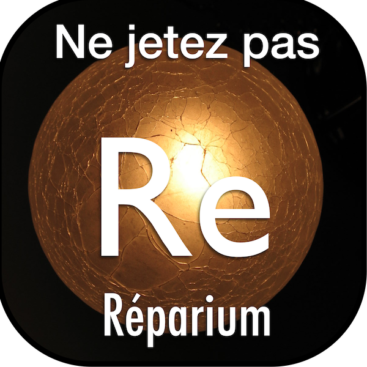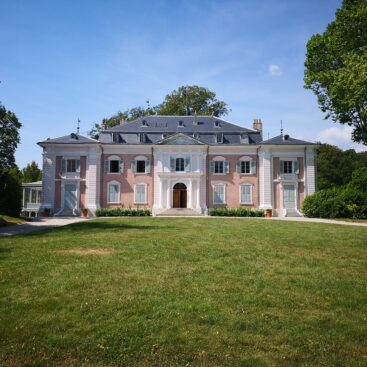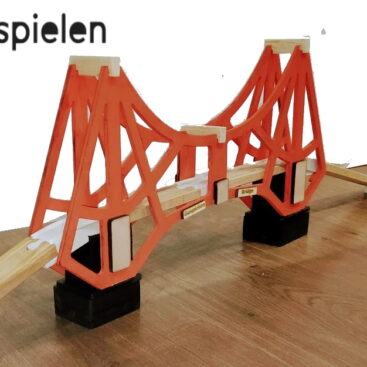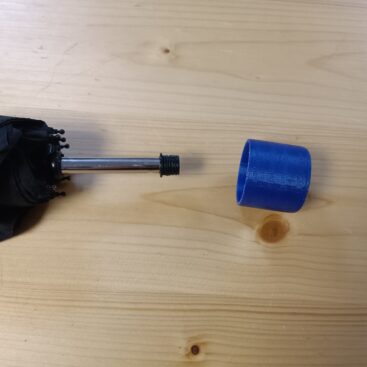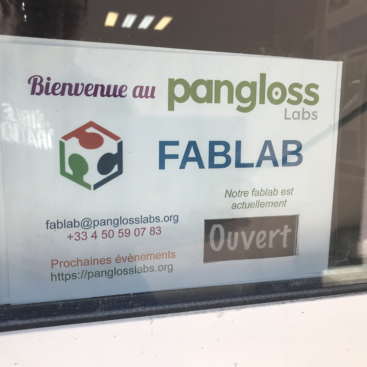 Like many people around the world, I have a relative suffering from Alzheimers. He is still engaged with the world, but can no longer operate anything with multiple buttons or even the simplest remote control. However, he still likes music, and particularly the radio station he has listened to all his life.
Like many people around the world, I have a relative suffering from Alzheimers. He is still engaged with the world, but can no longer operate anything with multiple buttons or even the simplest remote control. However, he still likes music, and particularly the radio station he has listened to all his life.
So I’m setting out to build a radio with only ONE button. It should stream music or a radio station over WiFi, and be configured from mobile phone or PC using a small built-in web server. All he needs to do is push the button to turn it on. Pressing it again will turn it off, or it will switch off after a pre-determined time if he walks away.
The chosen platform is ESP32, using the ESPAudio library and a PCM5102A I2S audio output along with a small 3W+3W digital amplifier. This is almost the same setup we use in our Autonomous Loudspeaker project.
Update – The radio station chosen was BBC radio 2 in the UK. Unfortunately halfway through the project they decided they were switching off their publicly accessible internet streams, and restricting access to companies that signed a streaming agreement. This means that BBC radio streams are unable to be used by DIY projects. Bad BBC, bad.
 So I switched the project to use an FM tuner. FM radio in the UK is scheduled to last until at least 2030 and that is likely to be longer than my dad lasts.
So I switched the project to use an FM tuner. FM radio in the UK is scheduled to last until at least 2030 and that is likely to be longer than my dad lasts.
I ordered a number of FM tuner modules to test receiver sensitivity. I finally settled on the Si4703 RDS FM Tuner Evaluation Development Board and the radio library from github.com/mathertel/Radio. Others I tried were TEA5767 modules and the RDA5807M RRD102-V2.0 Stereo Radio Module. Both worked, but reception was iffy with the dangling wire antenna I wanted to use. The Si4703 also worked directly on 3.3v which was good for use with an ESP32.
I used an ESP Devkit-C with 38 pins. I created two prototyping board carriers for the modules. One with the radio board and the amp, and another with the switching circuitry to control the power to the radio. As this is the be installed in a care home I use an external +5v barrel connector power supply, CE & UKCA marked. This I bought from Farnell to be certain it would pass any PAT test. I heat-shrinked the antenna wire to the power supply wire so there only seems to be one wire coming out. The barrel connector is plugged internally, passing through a hole in the baseplate, so it cannot be accidentally disconnected.
My dad’s care home is run by the Royal Naval Benevolent Trust and as such, has a rather Navy-based theme throughout. I wanted his radio to fit in so I designed it to be in walnut wood, in a triangular shape so it would fit neatly on a shelf in his bedroom. Engraving on the front identifies it as his radio and has the plane (the sea vixen) that he worked on in his navy days. This was all done on the Comfrey CNC here at Pangloss using a V-cutter and then filled with epoxy resin to give it a dark gold look.
The button on the top, powers up the radio and immediately tunes in to BBC radio 2. Pressing it again powers the radio down. The button lights up when the radio is active. It turns itself off after <timeout> minutes (currently 120 – 2 hours).
To change the radio station, the volume, or the timeout before automatically powering down, a captive wifi portal is enabled for 3 minutes after power on. Connecting to this with your smartphone will allow you to change the settings.

Upgrades: the radio chip generates a pop noise on parameter change. This could be mitigated by using the mute pin on the PAM8403 chip but every single PAM8403 module I found had that pin shorted directly to +5v so the mute doesn’t work. I have bought some chips to see if I can generate a circuit board that doesn’t have this problem, but frankly, my dad doesn’t care. He’s never been a hifi guy.
I’ll post the schematic and the code on github.
The care assistants have been shown how to switch it on. Will he use it himself? Time will tell.




